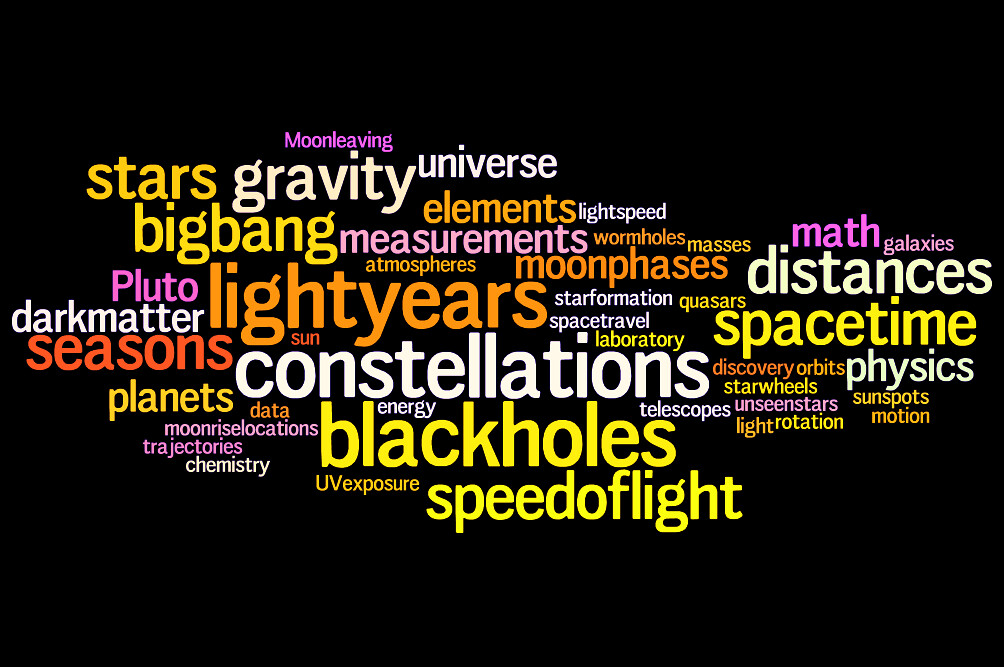In the world of networking and relationship-building, “connections hint today” is a phrase that emphasizes the importance of leveraging subtle clues and cues to strengthen professional and personal connections. Whether you’re navigating a business environment or social interactions, understanding how to use these hints effectively can significantly enhance your ability to connect with others. This article explores the concept of “connections hint today,” offering practical advice on how to interpret and use these hints to your advantage.
What Are Connections Hints?
Connections hints refer to subtle signals or suggestions that indicate potential opportunities for building or strengthening relationships. These hints can come in various forms, including verbal cues, body language, or situational contexts. Recognizing and responding to these hints is crucial for effective networking and relationship management.
Types of Connections Hints
- Verbal Cues: Comments or suggestions made by individuals that hint at areas of mutual interest or opportunities for collaboration.
- Body Language: Non-verbal signals, such as eye contact or open gestures, that indicate a person’s openness to forming a connection.
- Situational Context: Observing the environment or context in which interactions occur can provide hints about the best approach to connecting with someone.
Why Are Connections Hints Important?
Understanding and utilizing connections hints can provide several benefits, including:
- Enhanced Networking: Recognizing hints can help you identify and act on opportunities for professional networking and collaborations.
- Stronger Relationships: Paying attention to these hints can lead to more meaningful and personalized interactions, strengthening your relationships.
- Improved Communication: By interpreting hints accurately, you can tailor your communication to better align with the needs and interests of others.
How to Identify Connections Hints
Identifying connections hints requires awareness and attentiveness. Here are some strategies to help you recognize these subtle signals:
Observe Body Language
Body language can reveal a lot about a person’s willingness to connect. Look for:
- Open Posture: Individuals who face you directly with open arms are generally more receptive to forming connections.
- Mirroring: When someone mirrors your gestures or speech patterns, it often indicates a positive response to the interaction.
Listen to Verbal Cues
Pay attention to what people say and how they say it:
- Expressed Interests: If someone mentions a topic or interest related to your field, it may be a hint that they are open to discussing it further.
- Questions and Inquiries: Questions about your work or background can signal a genuine interest in connecting and exploring opportunities.
Evaluate the Context
The context in which you interact can provide important hints:
- Networking Events: At professional events, look for individuals who are actively seeking to engage in conversations and make connections.
- Social Gatherings: During informal gatherings, observe how people interact and express interest in each other’s experiences and achievements.
Utilizing Connections Hints Effectively
Once you identify connections hints, it’s important to use them strategically. Here are some tips on how to make the most of these hints:
Engage Actively
When you recognize a hint, take the initiative to engage:
- Follow Up: Reach out to individuals who have shown interest or provided hints about potential connections. A follow-up message or meeting can help solidify the relationship.
- Show Genuine Interest: Demonstrate that you value their input or interest by actively listening and responding thoughtfully.
Personalize Your Approach
Tailor your communication to align with the hints you’ve received:
- Address Specific Interests: If someone has mentioned a particular interest, use that information to guide your conversation and offer relevant insights or resources.
- Adapt Your Style: Adjust your communication style based on the cues you’ve observed. For example, if someone prefers formal communication, mirror that style in your interactions.
Build on Initial Interactions
Use the initial hints as a foundation for deeper connections:
- Explore Common Ground: Use the information from the hints to find and explore areas of mutual interest or potential collaboration.
- Establish a Follow-Up Plan: Set up additional meetings or interactions to further develop the relationship based on the initial hints and discussions.
Practical Examples of Using Connections Hints
To illustrate how to effectively use connections hints, here are some practical examples:
Example 1: Professional Networking
At a networking event, you notice a fellow attendee showing interest in a project you’re working on. They ask questions about it and express enthusiasm. This is a clear connections hint that they are interested in learning more or potentially collaborating. Follow up with a personalized email or LinkedIn message, mentioning your discussion and proposing a meeting to explore opportunities.
Example 2: Social Interactions
During a social gathering, someone mentions their interest in a hobby you share. This is a connection hint that they might enjoy further discussion on the topic. Engage in a conversation about the hobby, share your experiences, and suggest meeting up to participate in related activities.

Conclusion
Understanding and leveraging “connections hint today” can significantly enhance your ability to build and maintain meaningful relationships. By recognizing subtle cues and responding strategically, you can improve your networking effectiveness, strengthen personal connections, and create opportunities for collaboration. Whether in professional settings or social interactions, paying attention to connections hints and using them effectively is a valuable skill that can lead to successful and rewarding relationships.
Incorporate these strategies into your networking efforts and daily interactions to make the most of the opportunities presented by connections hints.



